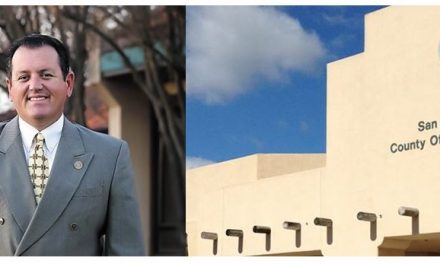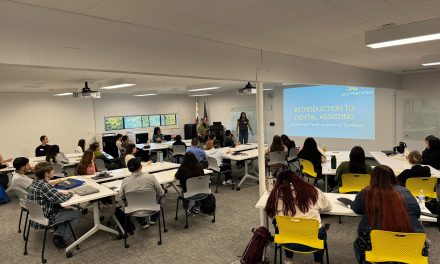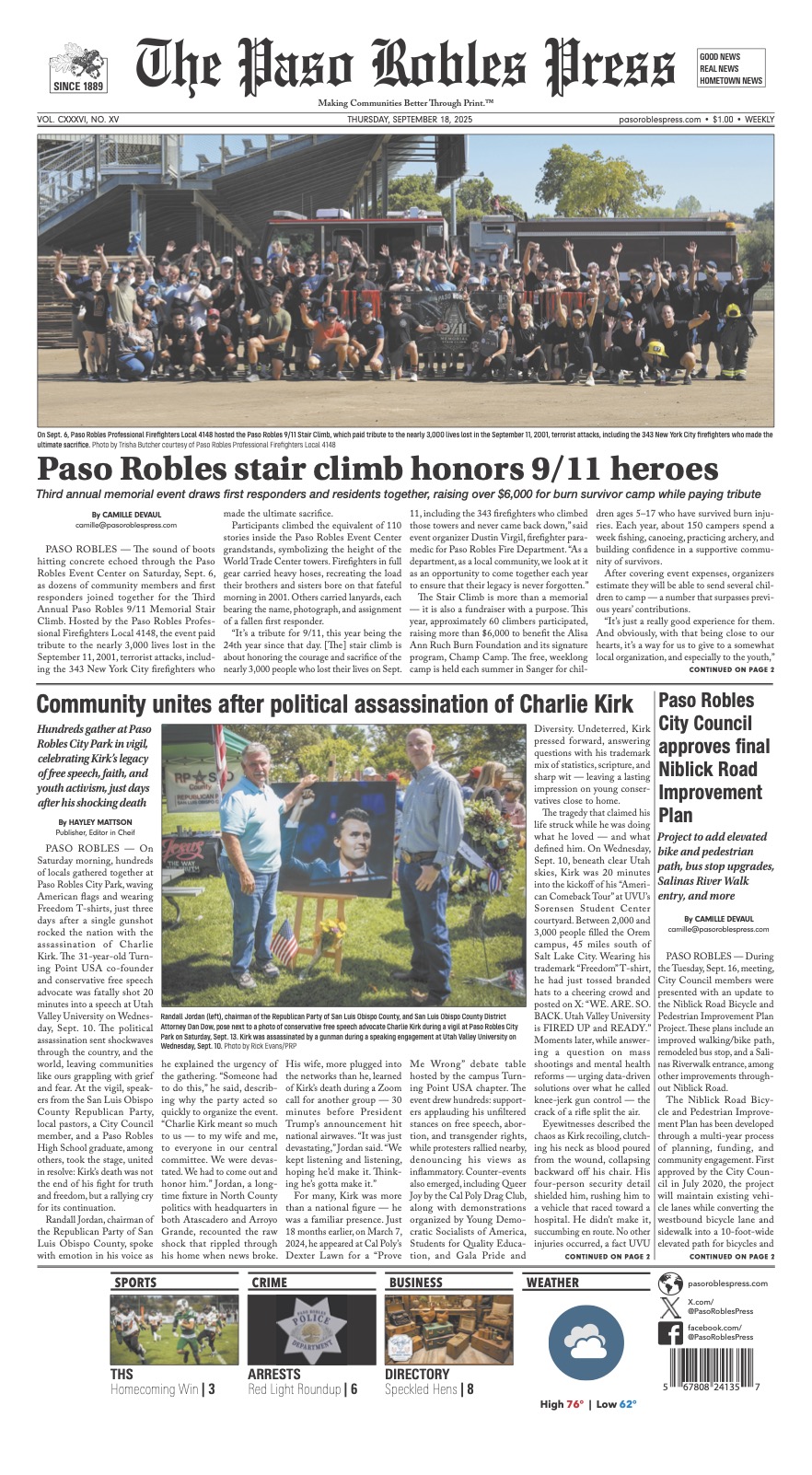The Life and Times of Mrs. Piggy
Welcome faithful readers to the next edition of Veterinary Tails! The summer has been flying by and it is already time to think about back-to-school. With that in mind, I wanted to share a story with you from my time in veterinary school.

It was the spring of 2008 and I was on my anesthesia rotation at Tufts Veterinary School. On your rotation you are assigned cases each morning for which you must make a custom anesthesia protocol.
During the morning meeting the cases are assigned and all my classmates got pretty standard things — dogs and cats with knee surgeries, back surgeries, exploratory surgeries with biopsies, etc. Somehow I was assigned to work on a large pet pig named “Mrs. Piggy” that needed to have a large liver tumor surgically removed.
Anesthesia on pigs is tricky business. They are difficult to catheterize and you cannot see their larynx when you try to intubate (place a breathing tube) so you must do so by feel with most of your arm down the pig’s throat. Once they are actually anesthetized you have to worry as some of them have complications related to the anesthetic gas.
In Mrs. Piggy’s case we placed catheters in her ear veins, successfully blindly intubated her, placed her under general anesthesia, and moved her 400 pound body into surgery using a mechanical gurney. Once in surgery, we supported her surgery team by adjusting the anesthesia as needed during the procedure.
The surgery team consisted of a Board Certified Surgeon, his resident, and about three veterinary students. When they opened Mrs. Piggy they found an enormous liver mass about the size of an exercise ball. The surgeon was working his way under and around the tumor and the students were carefully holding it and lifting it out of the abdomen. One of the students got very light-headed while assisting and fell down. The attending surgeon screamed at her “leave my operating room and never come back!”
The other students sheepishly held the tumor hoping to not draw attention to themselves. Eventually, the tumor was birthed and placed on a large table next to the patient and saved for biopsy. Now there was only a small strip of liver left in the pig; something about the size of a rainbow trout. They closed her up and soon the room was empty except for myself, Mrs. Piggy, and two techs to help me move her back to the cart and take her to her stall for recovery.
So off we went in the cart, down the dark halls of the Tufts Large Animal Hospital.
Down to the last stall on the right where a fresh bed of straw awaited Mrs. Piggy. We groaned as we moved her one last time to the ground. We put her IV line up to a spin-proof chained fluid pump and waited for her to wake up. Several minutes later she abruptly got to her feet and started circling
non-stop to the right.
Typically, when we see animals circling in one direction it is a very bad sign. It usually means they have a lesion in their brain such as a stroke or a mass. When I left her with the large animal techs to move on to my next case I had a bad feeling that she might not ever make it home.
After a week or so I completely forgot about Mrs. Piggy. New cases and challenges captured my attention. The weeks turned into months and soon summer had arrived. Late one July night I was driving home down the Massachusetts turnpike and stopped for gas at a travel plaza.
While I was filling up I noticed a white Mustang convertible with a large pink pig in the back all lathered in sunscreen. I went over to the car and asked the driver if the pig’s name was Mrs. Piggy. He said it was. I told him I was the anesthetist for her surgery at Tufts.
The owner told me that the pig had made a full recovery and was doing great. They were out for a drive and stopped to get her some french fries. I couldn’t believe she survived! I drove away laughing about Mrs. Piggy and thankful to have had the experience.














